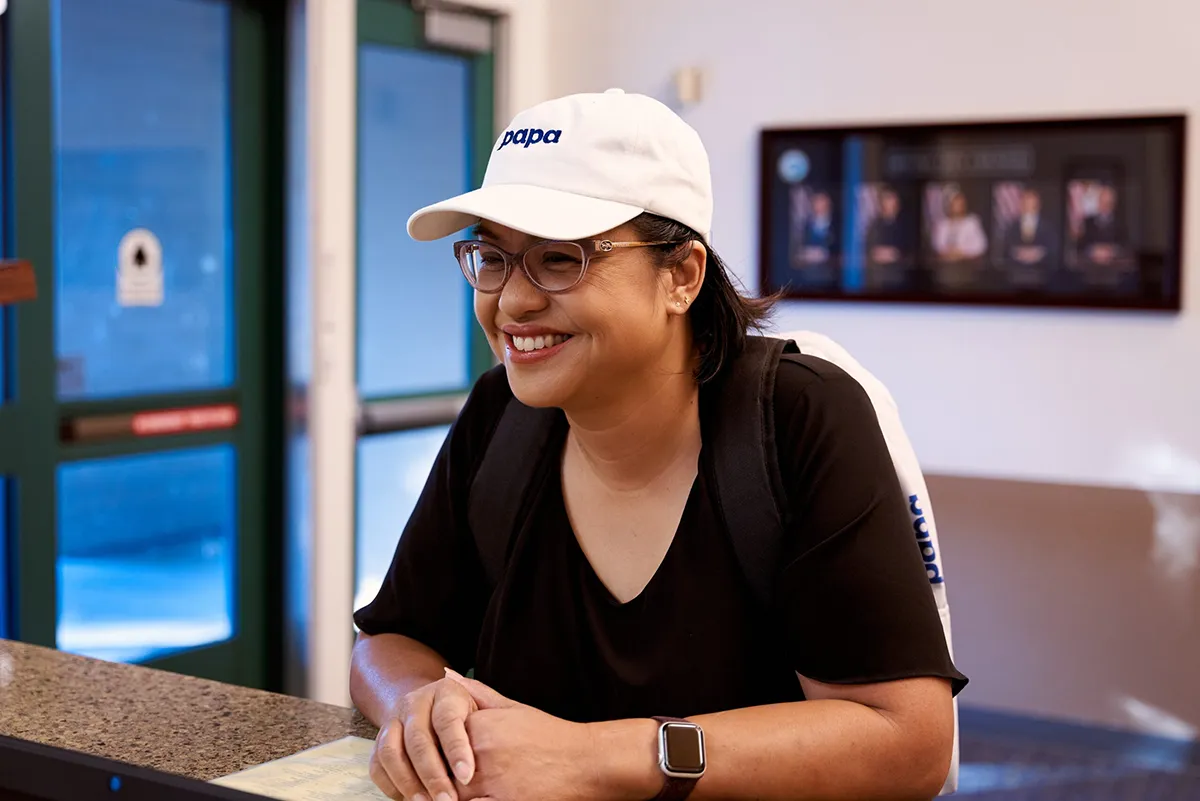Tech-savvy people can put their skills to good use teaching technology to seniors and older adults
In our connected world, people of all ages can benefit from access to new technologies. From online learning to telemedicine, there are thousands of opportunities to use technology. But, learning it can be a daunting task. This is especially true for seniors who no longer have the benefit of learning new technology at work or school. If you’re interested in teaching technology to seniors, read on for 5 tips to improve your approach. Your students will thank you!

1. Ask your students what they want to learn
Begin by asking your students about their interests.
For example, if your students wants to use telemedicine for doctor’s appointments, you can help them connect to the internet and navigate medical apps. On the other hand, if your students are film buffs and wants to stream movies, you can focus on hardware and streaming services.
2. Start with the basics
Ask about your student’s experience and familiarity with a variety of technologies.
With so many new apps, services and devices available, there’s a good chance that some technology will be completely new to your student. For example, if a student is getting their first iPhone, you can start with the basics and help them set up their phone. But, if a student is adept at mobile devices but wants to learn more about smart homes, you can take a deep dive into hardware and apps.
3. Be patient
All good teachers are patient people.
In fact, patience is an asset for anyone learning new tech for several reasons. First, technology is glitchy. Second, instructions are confusing. Third, it’s difficult to identify the source of a problem, which means extra time (and patience) needed to identify the issue.
Everyone needs patience when teaching—and learning. Take it slowly, don’t rush, and plan regular breaks to refresh and recharge yourself (and your devices).
4. Practice, practice, practice
There’s no better way to master a skill than practicing.
Encourage your students to practice using the technology of their choice, and to continue exploring and asking questions. It goes without saying that no one is an expert in all tech. What’s important is to be comfortable using the technology that’s important to you.
5. Share information about low-cost connectivity programs
All too often, the high cost of broadband internet and devices is a barrier to access. But, help is available.
In fact, some of your students may have access to programs that offer low-cost internet access and devices. The federal government, as well as some internet providers, have programs to help seniors and families get online. For example, most internet providers participate in the FCC’s Affordable Connectivity Program, which offers discounts. Another great place to research is Lifeline, which offers information about more affordable phone and internet service. Many of these programs are based on income and vary by location.

Lastly, talk about safety
Everyone can fall prey to online scams and viruses, including people who teach technology.
Remember to set aside time to discuss how to stay safe, how to spot a scam, and what to do when something looks fishy.
Get started teaching technology to seniors: Become a Papa Pal
If you’re interested in teaching technology in your community, a great option is working as a companion caregiver. When you become a companion caregiver with Papa, you can teach technology to seniors, older adults and families in their homes.
Companion caregivers, called Papa Pals, support fellow community members in a variety of ways, including teaching basic tech. It’s a great part-time, flexible job for people who have a passion for helping others.
To learn more about being a Papa Pal, click here.


